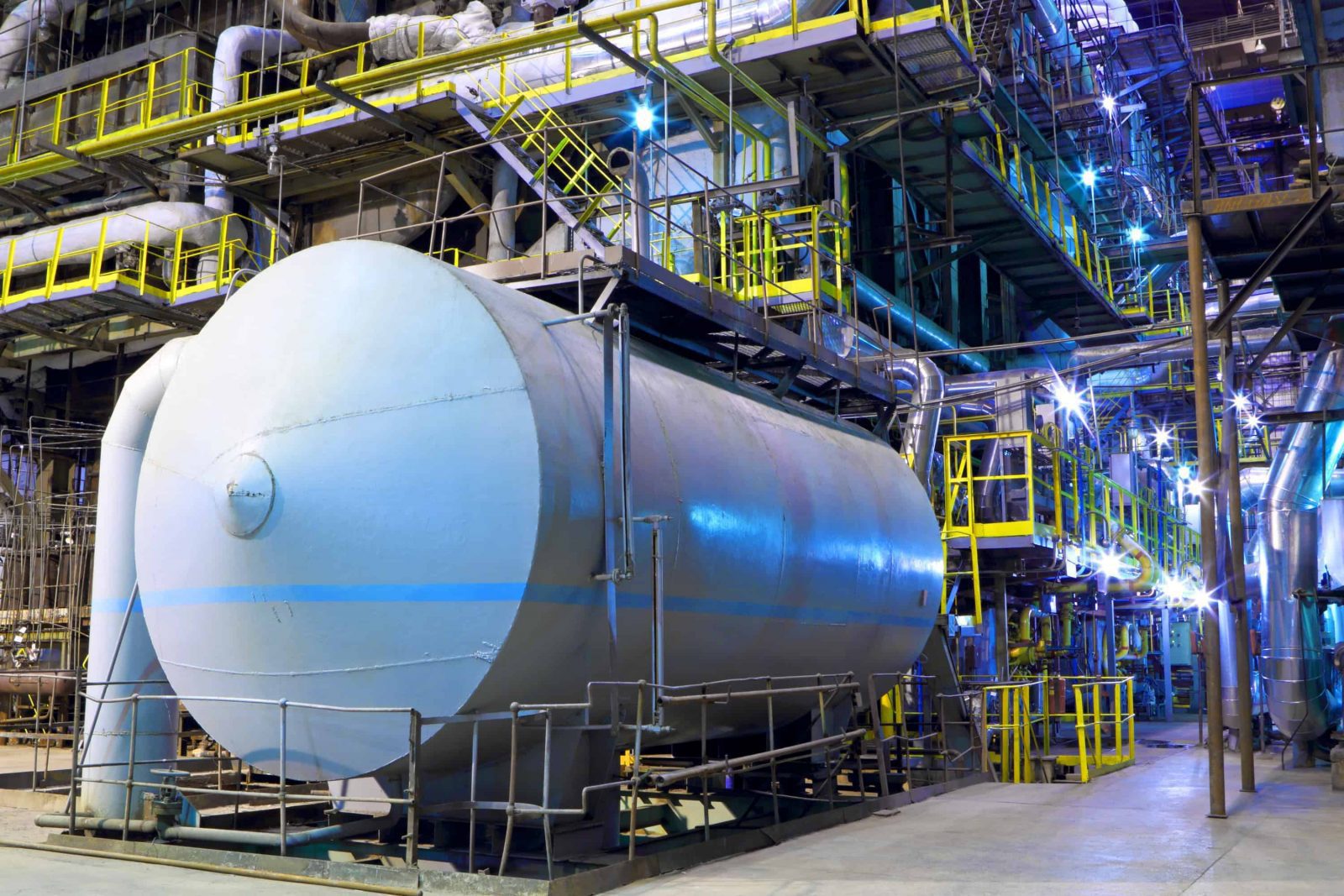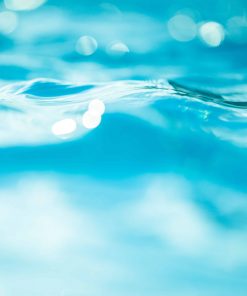Opteon™ & Vertrel™ Articles
Retrofit Guideline for Opteon™ SF-79 – Specialty Solvent
Introduction to Opteon™ SF-79 Specialty Solvent
Opteon™ SF-79 formerly Opteon Sion specialty solvent is suitable to replace n-propyl bromide (nPB) and trichloroethylene (TCE) in applications demanding maximum cleaning power, including defluxing; oil, grease, and wax removal; and precision cleaning applications.
Opteon™ Sion specialty solvent offers an excellent balance between cleaning performance, environmental impact, and safety in use:
- Excellent solvency power (KB value = 100)
- Superior cleaning performance
- Fast drying, increasing productivity
- Compatible with most metals, plastics, and elastomers
- Nonflammable
- Low toxicity
- Zero ozone depletion potential (ODP)
- Low global warming potential (GWP)
- Suitable for use with ultrasonics
- Existing equipment can be used with no or minor modification
Retrofit Guideline Opteon™ SF-79 – Specialty Solvent
The following provides a summary of the basic retrofit steps for Opteon™ SF-79; detailed discussion of each step is provided in this bulletin.
- Drain current solvent from the vapor degreaser system.
- Replace filters.
- Replace desiccant bags.
- Wipe down tank and ensure removal of any residues.
- Flush the liquid lines with a small amount of Opteon™ SF-79.
- Charge tank with recommended quantity of Opteon™ SF-79.
- Turn on heaters and pump. Adjust heater, condensing coils, and alarm set points to the recommended temperatures.
RETROFIT IS COMPLETE!
General Retrofit Information
System Modifications
In the vast majority of cases, Opteon™ SF-79 will function as a drop-in for n-propyl bromide, and no modifications to existing equipment are required. Special cases where minor equipment modifications may be required are discussed below.
Material Compatibility
Opteon™ SF-79 is characterized by good compatibility with a wide selection of metals, including stainless steel, copper, brass, and aluminum. Opteon™ SF-79 is also compatible with a wide selection of plastics and elastomers, including Teflon™ PTFE, FEP, PFA, polyethylene, polypropylene, nylon, PVDF, PPS, ECTFE, and DuPont™ Kalrez® perfluoroelastomer. Examples of incompatible plastics include acrylics, ABS, polycarbonate, and polystyrene. Most elastomers including Viton™, natural rubber, EPDM, silicone, and CSPE show reversible swelling when exposed to Opteon™ SF-79. Teflon™ or Teflon™ encapsulated gaskets and O-ring seals are recommended for diaphragm pumps. Individual plastic and elastomeric formulations can vary with the manufacturer; therefore, the best assurance of material compatibility can be attained via testing under conditions expected during normal operation. Contact your local technical representative for specific material compatibility concerns.
Flammability
Opteon™ SF-79 exhibits no closed cup or open cup flash point and is classified as a non-flammable liquid. The products are volatile; if allowed to evaporate and mix with air, flammable mixtures can be produced.
Detailed Retrofit Procedure
- Drain n-propyl bromide from the vapor degreaser tank. The existing charge of n-propyl bromide should be completely removed from the system and collected in a suitable vessel for recycle or disposal in accordance with local requirements. Ensure that n-propyl bromide has been drained from all tanks, liquid lines, water separators, filter holders, and any other system components that are in contact with n-propyl bromide.
- Replace filters. Change the filter during the retrofit. Standard filters employing polypropylene or PTFE media are acceptable
- Replace desiccant bags. Change the desiccant bags during the retrofit. Type 3A molecular sieves are recommended for use in the desiccant bags; suitable desiccant bag materials include cotton. DuPont™ Tyvek® bags are not recommended.
- Wipe down tank, and ensure removal of any residues. The vapor degreaser tank should be thoroughly cleaned to ensure the removal of any residual n-propyl bromide and any residues present in the tank.
- Flush the liquid lines with a small amount of Opteon™ SF-79. Charge the vapor degreaser tank with a small amount of Opteon™ SF-79, and flush the liquid lines; do not allow the pump to run dry during the line flushing procedure.
- Charge tank with recommended quantity of Opteon™ Sion. Charge the vapor degreaser tank to the liquid level recommended by the manufacturer.
- Turn on heaters and pump. Adjust heater, condensing coils, and alarm set points to the recommended temperatures. Turn on the heaters and pumps in accordance with the equipment manufacturer’s recommended procedure. Set the condensing coil temperatures in accordance with the equipment manufacturer’s recommendations. Adjust the boil sump and alarm temperatures in accordance with the equipment manufacturer’s recommendations; Chemours recommended settings are summarized below and in Table 1.
Cleaning optimization may require slight adjustments to the recommended initial settings, depending upon the model of vapor degreaser employed.
- Boil Sump T. Set to 5 °C (41 °F) above the boiling point of the solvent chosen.
- High Solvent T Alarm. Set to 10 °C (50 °F) above the boiling point of the solvent chosen.
- High Vapor T/Coolant Failure Alarm. Set to 5 °C (41 °F) below the boiling point of the solvent chosen.
- Ultrasonic Tank High T Alarm. Set to not more than 90% of boiling point of the solvent chosen.
Table 1. Recommended Vapor Degreaser Settings for Opteon™ Sion
| Setting | Opteon™ Sion |
| Solvent Boiling Point (°C [°F]) | 47 (117) |
| Boil Sump T (°C [°F]) | 52 (126) |
| High Solvent T Alarm (°C [°F]) | 57 (135) |
| Coolant Failure Alarm (°C [°F]) | 42 (108) |
| Ultrasonic Tank High T Alarm (°C [°F]) | 43 (109) |
For more information regarding Opteon™ SF-79 please click here.
For more information regarding vapor degreasing, please click here.
Notwithstanding any express or implied indication to the contrary, product information provided on or via this website is supplied upon the condition that the persons receiving such information will make their own, independent determination as to a given product’s suitability for any contemplated purposes prior to use. In no event will Miller-Stephenson be responsible for damages of any nature whatsoever resulting from the use of, or reliance upon, information provided, directly or indirectly, on this website in relation to any product and/or application.


